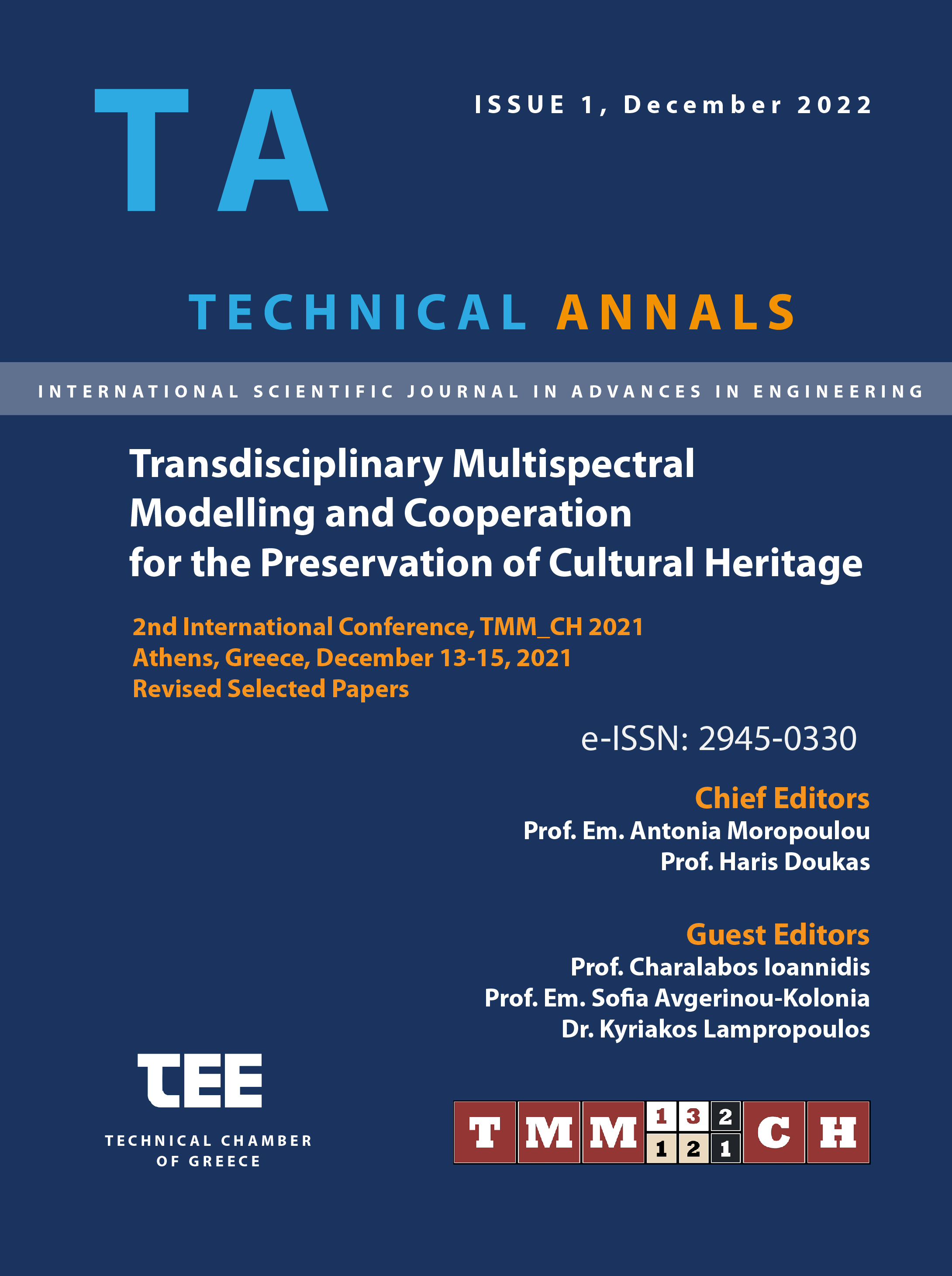Improved Resilience and Sustainable Reconstruction of Cultural Heritage Areas to cope with Climate Change and Other Hazards based on Innovative Algorithms and Modelling Tools

Abstract
Our proposed framework aims to efficiently train a network of fellows on the field of the resilience of Cultural Heritage (CH) areas and historic cities against Climate Change (CC) and other types of hazards. Towards this direction, the proposed framework aims to introduce a research framework for downscaling the created climate and atmospheric composition as well as associated risk maps down to the 1x1 km (historic area) scale, and specific damage functions for CH ma-terials. Applying atmospheric modelling for specific CC scenarios at such refined spatial and time scales allows for an accurate quantitative and qualitative impact as-sessment of the estimated micro-climatic and atmospheric stressors. Our proposed framework will perform combined structural/geotechnical analysis of the CH sites and damage assessment under normal and changed conditions, based on the cli-matic zone, the micro-climate conditions, the petrographic and textural features of building materials, historic data for the structures, the effect of previous restoration processes and the environmental/physical characteristics of the surrounding envi-ronment. The data coming from installed monitoring system will be coupled with simulated data and will be further analysed through our data management system, while supporting communities’ participation and public awareness. The data from the monitoring system will feed the Decision- Support-System (DSS) so as to pro-vide proper adaptation and mitigation strategies. The produced vulnerability map will be used by the local authorities to assess the threats of CC (and other natural hazards), visualize the built heritage and cultural landscape under future climate scenarios, model the effects of different adaptation strategies, and ultimately prior-itize any rehabilitation actions to best allocate funds in both pre- and post-event en-vironments. To train the fellows, our approach will make use of extensive workshop and training sessions, as well organise summer schools.
Article Details
- How to Cite
-
Labropoulos, K., Zafeiropoulos , C., Zafeiropoulos , C., Rallis , I., Doulamis , A., Doulamis , N., & Moropoulou , A. (2022). Improved Resilience and Sustainable Reconstruction of Cultural Heritage Areas to cope with Climate Change and Other Hazards based on Innovative Algorithms and Modelling Tools. Technical Annals, 1(1), 66–77. https://doi.org/10.12681/ta.32176
- Section
- Digital Heritage - Holistic Approach

This work is licensed under a Creative Commons Attribution-ShareAlike 4.0 International License.


